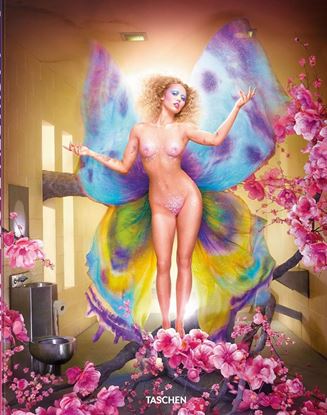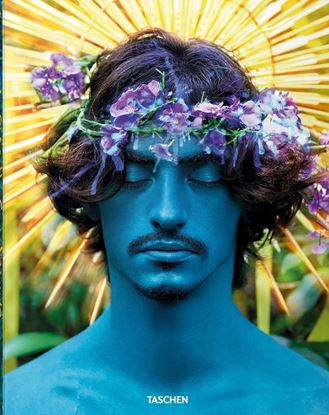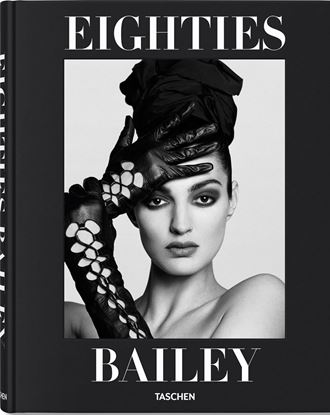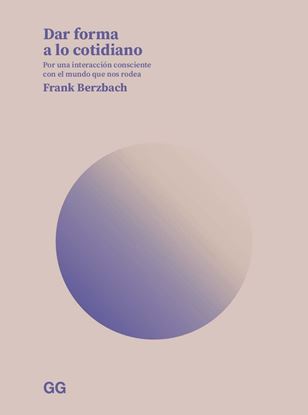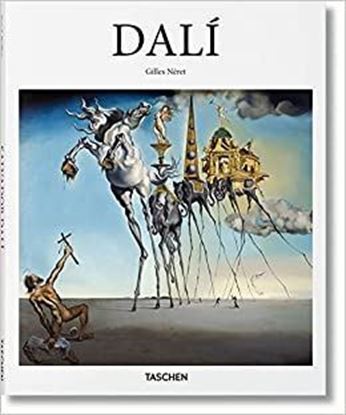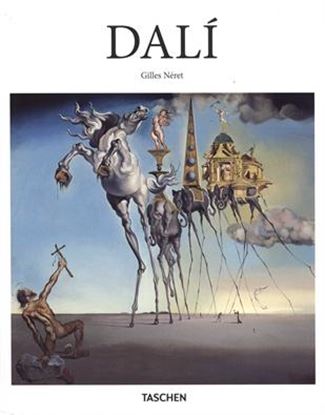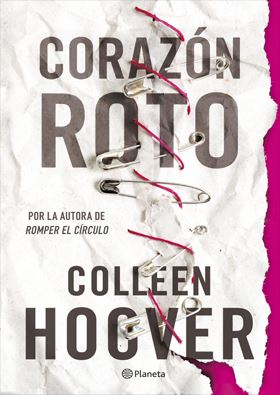

DAVID LACHAPELLE. LOST + FOUND (FO) (GB)
Lost + Found is a visual recording of the times we live in and the issues we face, expressed through David LaChapelle’s unique and distinctive vision. Featuring a monumental curation of images that have never before been published in book form, it chronicles LaChapelle’s strongest images as a visionary to date while encapsulating our time in history.
2,995
DAVID LACHAPELLE. GOOD NEWS (FO) (GB)
Good News follows David LaChapelle’s creative renaissance as he surrenders to contemplations of mortality, moving beyond the material world in a quest for paradise. Featuring a monumental curation of images, it is a sublime and arresting new body of work that attempts to photograph that which can’t be photographed. It represents the final chapter to LaChapelle’s narrative in a collection of books that have captivated a generation of viewers across the globe.
2,995
DAVID BAILEY. EIGHTIES
In the 1980, fashion wanted to make a statement and found in legendary British fashion photographer David Bailey its perfect chronicler. After Bailey shaped the style of the Swinging Sixties, fashion in the eighties posed a new challenge: brighter colours, higher glamour, statuesque models, extreme makeup, spandex, lycra, jumpsuits, power dressing, big hair, and as Grace Coddington puts it in her introduction, “jackets with padded shoulders over the shortest mini-skirts and dangerously high-heeled shoes.”
7,995
DAR FORMA A LO COTIDIANO
“Las cuestiones de la conciencia de la forma, la belleza y la armonía no me interesan tanto a nivel abstracto como en la medida que afectan a la vida cotidiana y en relación con el arte de vivir. La vida cotidiana, si nos fijamos en las teorías orientales del arte, es un aspecto central del camino del artista.” Como en el arte o en el diseño, carecer de forma implica dispersión y pérdida de referencias, quedar expuesto a los fenómenos externos sin ritmo ni control. Dar forma a lo cotidiano es una invitación a poner en valor nuestra realidad tangible y manejable, a trabajar la atención plena sobre las cuestiones básicas que rigen nuestra cotidianidad ―la alimentación, el amor, los medios de comunicación, la vestimenta y nuestras posesiones― y conectar con ellas de forma consciente, limitando sus contornos y encontrando su lugar en la red que conforma nuestro fundamento vital.
1,550
DALI (BA-ART) (GB)
Painter, sculptor, writer, filmmaker, and all-round showman Salvador Dalí (1904–1989) was one of the 20th century’s greatest exhibitionists and eccentrics. One of the first artists to apply the insights of Freudian psychoanalysis to art, he is celebrated in particular for his surrealist practice, with such conceits as the soft watches or the lobster telephone, now hallmarks of the surrealist enterprise, and of modernism in general.
Dalí frequently described his paintings as “hand-painted dream photographs.” Their tantalizing tension and interest resides in the precise rendering of bizarre elements and incongruous arrangements. As Dalí himself explained, he painted with “the most imperialist fury of precision,” but only “to systematize confusion and thus to help discredit completely the world of reality.”
Revolutionizing the role of the artist, the mustache-twirling Dalí also had the intuition to parade a controversial persona in the public arena and, through printmaking, fashion, advertising, writing, and film, to create work that could be consumed and not just contemplated on a gallery wall.
1,350
DALI (BA-ART)
Pintor, escultor, escritor, cineasta y un auténtico showman, Salvador Dalí (1904-1989) fue uno de los personajes más exhibicionistas y excéntricos del siglo xx. Pionero en introducir en el arte las ideas del psicoanálisis freudiano, es célebre en particular por sus prácticas surrealistas, con ideas tales como los relojes blandos o el teléfono langosta, que se han convertido en iconos del movimiento surrealista y del arte moderno en general.
Dalí solía describir sus cuadros como «fotografías de sueños pintadas a mano». La precisa representación de elementos estrambóticos y su disposición incongruente crean una incitante tensión e interés. El mismo Dalí explicó que pintaba con «el afán de la precisión más imperialista», pero solo «para sistematizar la confusión y contribuir al descrédito total del mundo de la realidad».
Con su peculiar bigote revolucionó el papel del artista representando a un personaje polémico en la esfera pública y creando obras que, además de contemplarse en las paredes de las galerías, podían consumirse en el ámbito de las artes gráficas, la moda, la publicidad, la escritura y el cine.
Este libro descubre las pinturas y la personalidad de Dalí, mostrando no solo su destreza técnica sino también sus composiciones provocadoras y sus temas estimulantes, como la muerte, la decadencia y el erotismo.
1,250


